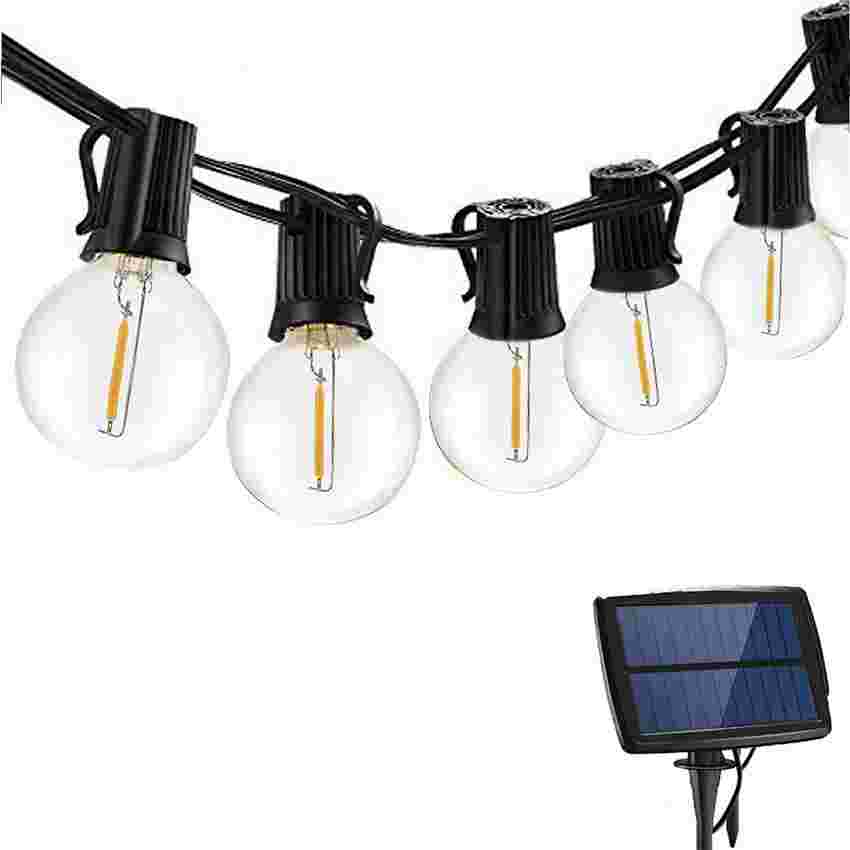Addressing the Serial and Parallel Issues of Solar Panels
Solar panels are an essential component of the renewable energy sector, harnessing sunlight and converting it into electricity. These panels can be connected in either a serial or parallel configuration to optimize energy production. However, there are some challenges associated with these configurations that need to be addressed to ensure maximum efficiency.

The serial connection of solar panels involves connecting the positive terminal of one panel to the negative terminal of another, increasing the voltage while keeping the current constant. On the other hand, the parallel connection involves connecting the positive terminals together and the negative terminals together, keeping the voltage constant while increasing the current. Both configurations have their advantages and disadvantages, and it is important to consider them when designing a solar energy system.
One of the key issues with serial connection is the mismatch of current produced by individual panels. If one panel is shaded or malfunctioning, it can significantly reduce the overall output of the system. This is known as the "Christmas light effect," where the system's performance is limited by the lowest-performing panel. To address this issue, bypass diodes can be installed in each panel to allow the current to flow around a shaded or malfunctioning panel, preventing a significant reduction in output.
Parallel connection also has its challenges, particularly in managing the different voltages produced by individual panels. When panels are connected in parallel, the panel with the lowest voltage will determine the system's overall voltage. This can lead to a reduced efficiency if panels with higher voltages are brought down to the level of the weakest panel. To address this issue, a maximum power point tracking (MPPT) system can be used to ensure that each panel operates at its maximum power output, regardless of its voltage.

In some cases, a combination of serial and parallel connections, known as a series-parallel connection, may be used to strike a balance between voltage and current. This configuration allows for better management of the panel's performance, reducing the impact of shading or panel mismatch. However, it is important to carefully plan and design the series-parallel connection to ensure that it meets the specific energy production needs and site conditions.
In conclusion, the issues surrounding the serial and parallel connection of solar panels can be addressed through the use of bypass diodes, maximum power point tracking systems, and carefully planned series-parallel connections. By optimizing the configuration of solar panels, it is possible to maximize energy production and efficiency, making them a more viable and reliable source of renewable energy.
As the demand for clean and sustainable energy continues to grow, addressing the challenges of solar panel connections becomes increasingly important. By implementing the right solutions, we can ensure that solar energy systems deliver the maximum power output while overcoming the limitations of individual panels. With continued advancements in technology and engineering, the future of solar energy looks brighter than ever.



viber

skype

whatApp

telegram


 France
France
 Spain
Spain
 Portugal
Portugal